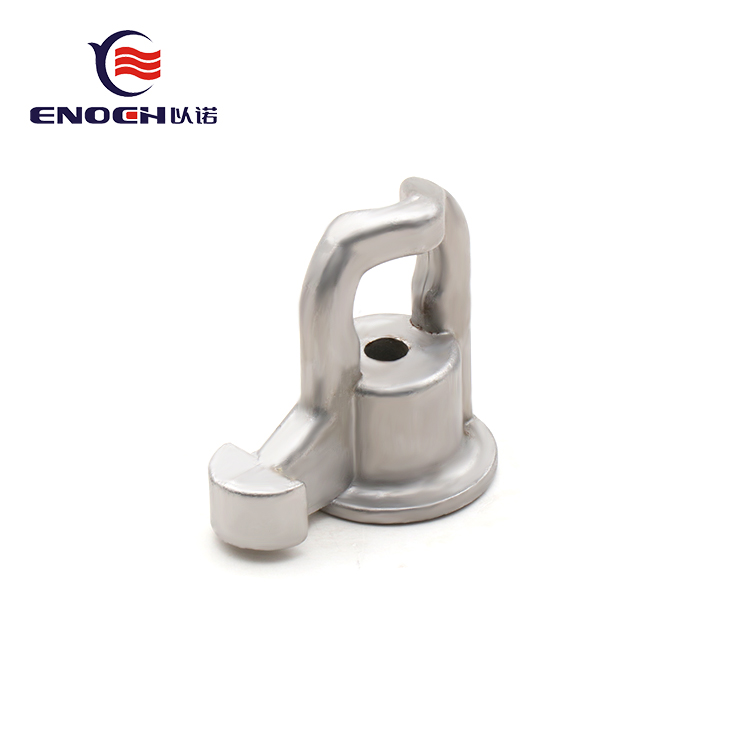Installation Process and Considerations for a Two-Position Sidewall Switch
2024-06-18
Installing a two-position sidewall switch is a relatively straightforward task that involves basic electrical knowledge and safety precautions. However, there are a few specific considerations to keep in mind to ensure a successful installation. Here's a step-by-step guide to the installation process and the key factors to consider:
Step 1: Preparation
Safety First: Always ensure that the power to the circuit you're working on is turned off at the main panel. Use a voltage tester to confirm that there's no live electricity in the wires.
Gather Tools and Materials: Gather the necessary tools, such as a screwdriver, wire strippers, wire nuts, and electrical tape. Also, ensure you have the correct type of two-position sidewall switch for your needs.
Step 2: Remove the Old Switch
Carefully remove the cover plate from the old switch.
Use a screwdriver to unscrew the switch from the wall box.
Disconnect the wires from the terminals on the old switch.
Step 3: Prepare the Wires
Use wire strippers to remove a small length of insulation from the ends of the wires.
Ensure that the exposed wire ends are clean and free of debris.
Step 4: Install the New Switch
Connect the wires to the appropriate terminals on the new two-position sidewall switch. Typically, one wire will connect to the common terminal (often labeled "COM" or "C"), while the other wires (one for each position) will connect to the corresponding terminals.
Use wire nuts or electrical tape to secure the wire connections and prevent any loose or exposed wires.
Step 5: Mount the Switch
Carefully align the new switch with the wall box and screw it in place.
Ensure that the switch is securely mounted and doesn't wobble or move.
Step 6: Test and Finish
Restore power to the circuit and test the new switch. Ensure that it functions properly in both positions.
Replace the cover plate and ensure that it fits snugly around the switch.
Specific Considerations
Voltage and Amperage Ratings: Choose a switch that's rated for the voltage and amperage of your circuit. Using a switch with a lower rating can lead to overheating or damage.
Wire Color Coding: While modern electrical codes require wire color coding, it's still important to pay attention to the wire colors when connecting them to the switch. Black wires typically connect to the power source, white wires connect to the load (e.g., light fixture), and green or bare copper wires are used for grounding.
Wallbox Size: Ensure that the wallbox is large enough to accommodate the new switch. Some switches, especially those with additional features, may require a larger box.
Labeling: Consider labeling the switch or the wall near it to indicate its purpose or the room it controls. This can be helpful for future maintenance or for when someone unfamiliar with the home or office needs to operate the switch.
By following these steps and considering these specific factors, you can successfully install a two-position sidewall switch and enjoy its convenient functionality.



